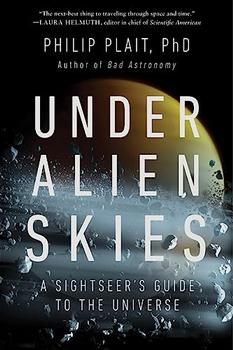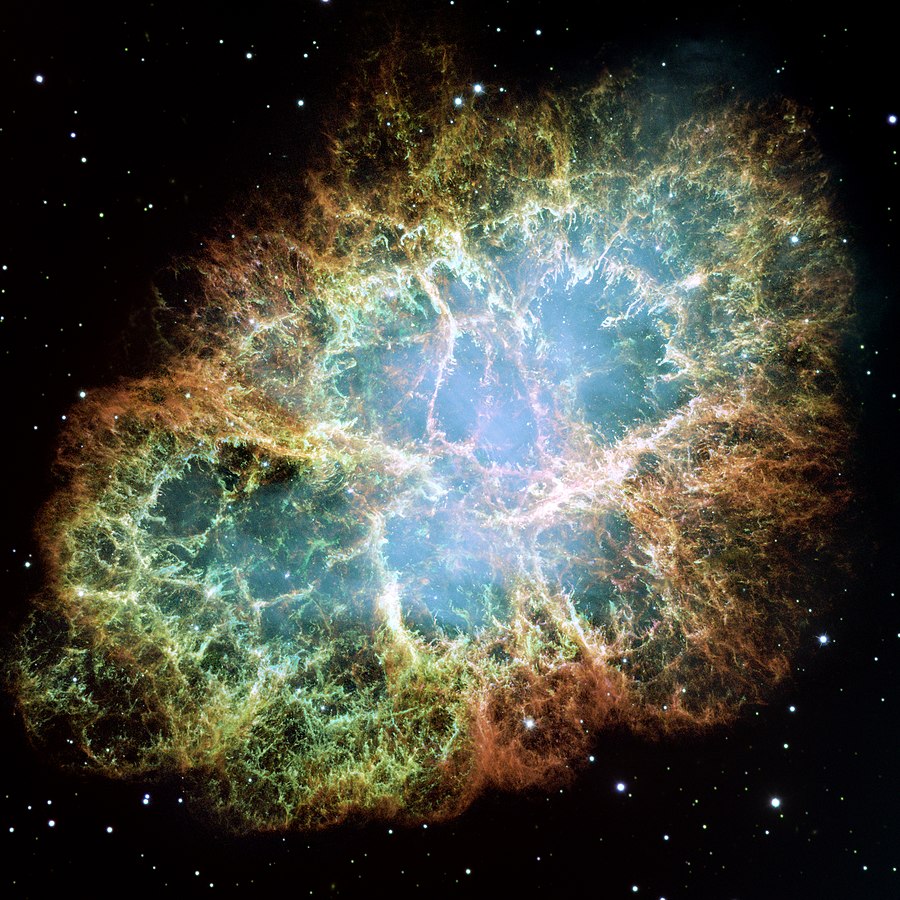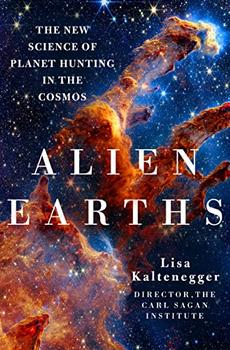Summary | Excerpt | Reviews | Beyond the book | Read-Alikes | Genres & Themes | Author Bio

A Sightseer's Guide to the Universe
by Philip PlaitA rip-roaring tour of the cosmos with the Bad Astronomer, bringing you up close and personal with the universe like never before.
Have you ever wondered what it would be like to travel the universe? How would Saturn's rings look from a spaceship sailing just above them? If you were falling into a black hole, what's the last thing you'd see before getting spaghettified? While traveling in person to most of these amazing worlds may not be possible―yet―the would-be space traveler need not despair: you can still take the scenic route through the galaxy with renowned astronomer and science communicator Philip Plait.
On this lively, immersive adventure through the cosmos, Plait draws ingeniously on both the latest scientific research and his prodigious imagination to transport you to ten of the most spectacular sights outer space has to offer. In vivid, inventive scenes informed by rigorous science―injected with a dose of Plait's trademark humor―Under Alien Skies places you on the surface of alien worlds, from our own familiar Moon to the far reaches of our solar system and beyond. Try launching yourself onto a two-hundred-meter asteroid, or stargazing from the rim of an ancient volcano on a planet where, from the place you stand, it is eternally late afternoon. Experience the sudden onset of lunar nightfall, the disorientation of walking―or, rather, shuffling―when you weigh almost nothing, the irritation of jagged regolith dust. Glimpse the frigid mountains and plains of Pluto and the cake-like exterior of a comet called 67P. On a planet trillions of miles from Earth, glance down to see the strange, beautiful shadows cast by a hundred thousand stars.
For the aspiring extraterrestrial citizen, casual space tourist, or curious armchair traveler, Plait is an illuminating, always-entertaining guide to the most otherworldly views in our universe.
The tone is warm and friendly, and often quite funny. Each chapter includes sections of fictionalized descriptions of what it would be like if the reader could actually visit these alien worlds. These are charming, but also might be considered the weakest part of the book. The descriptions of what the hypothetical "you" is seeing and doing are fascinating, but "your" responses to these experiences start to feel a bit repetitive. Under Alien Skies allows readers to connect with astronomy in a very personal way. It not only makes difficult science understandable, but also helps to translate that science into an amazing voyage it's unlikely anyone alive today will get to see firsthand...continued
Full Review
 (620 words)
(620 words)
(Reviewed by Katharine Blatchford).
 In Under Alien Skies, Dr. Philip Plait takes readers on a tour of the universe, including discussing what it might be like to live on planets in a variety of different star systems. A major factor to consider for this thought exercise is the mass of the star or stars involved, and what point they are at in their life cycles.
In Under Alien Skies, Dr. Philip Plait takes readers on a tour of the universe, including discussing what it might be like to live on planets in a variety of different star systems. A major factor to consider for this thought exercise is the mass of the star or stars involved, and what point they are at in their life cycles.
Stars are formed out of nebulae, huge clouds of dust and gas drifting in space. When areas of these clouds become dense enough, gravity will begin to pull them together. Once this process has begun, large clumps of raw material will condense. The center of these clumps heats up, forming protostars, while material that develops an orbit around them without being drawn in may eventually become a planet or other ...

If you liked Under Alien Skies, try these:

by Lisa Kaltenegger
Published 2025
Riveting and timely, a look at the research that is transforming our understanding of the cosmos in the quest to discover whether we are alone.

by Helen Czerski
Published 2024
A scientist's exploration of the "ocean engine"—the physics behind the ocean's systems—and why it matters.